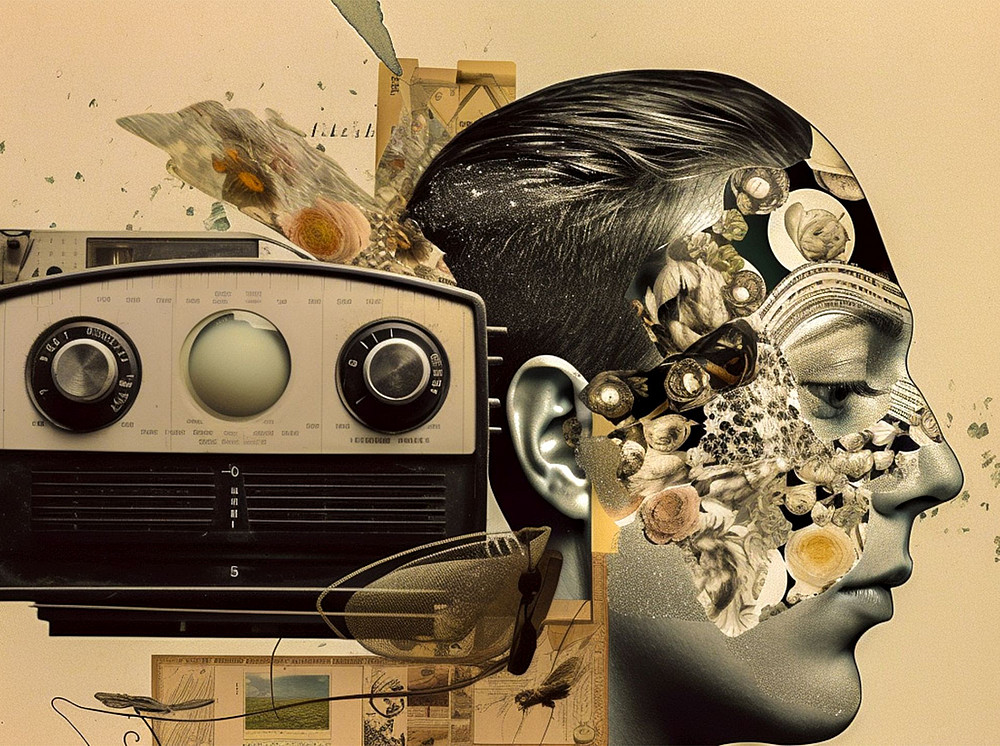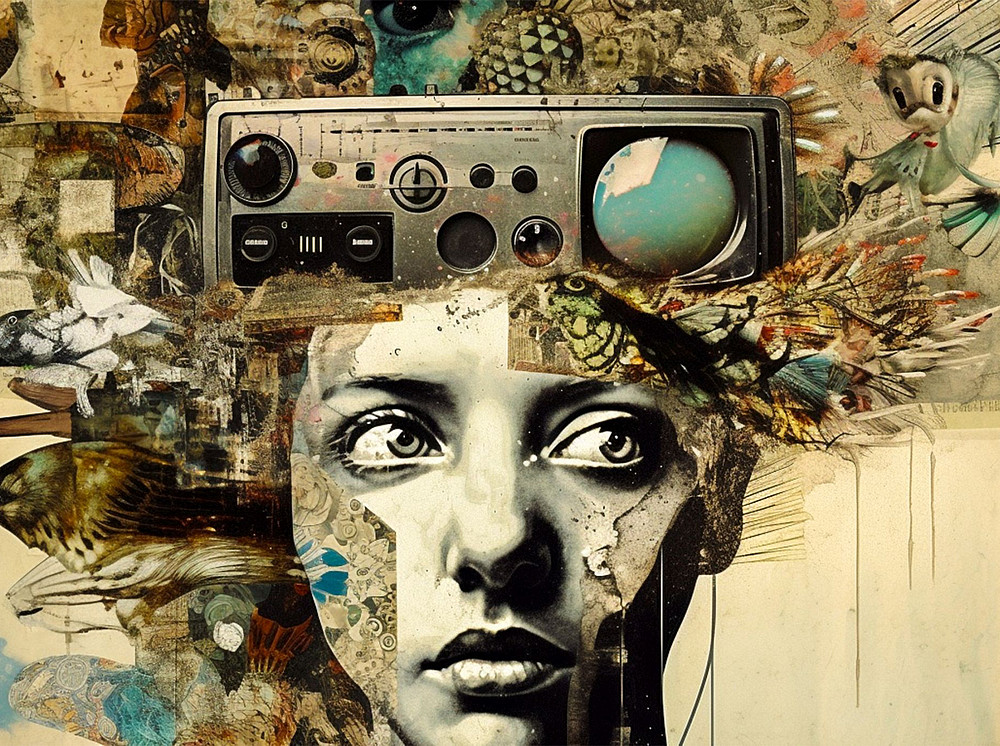Cluster 3: Perception in Context: Factors, Influences, and Manipulation of Perception
of the core topic "Perception: Episteme, Aesthetics, Politics"
The starting point for our research in Cluster 3 is a definition of perception that is based on sensory experience, but also, in a broader sense, encompasses evaluation, the constitution of judgments, and criticism. This approach will be developed and specified on occasion of a variety of problems like aesthetic norms, claims to truth, opinion making, and agency. We choose this approach because it can be assumed that, in the sense of a humanities-based, interdisciplinary approach, only an expanded understanding of perception is suitable for highlighting, exploring, and making visible specific facets, aspects, and components of perception in context-dependent problem areas. The categories of experience and truth are also addressed across the field’s clusters.
In the initial stage of our research, the conceptual constellation of perception, communication and criticism in art and socio-political discourses will serve as an overarching framework. The central research question is: Why, how, and with what effect are perceptions (de)constructed and manipulated through (communication) strategies, specific patterns, norms, ambivalences, prejudices, or even algorithms?
How does art contribute to or take account of changes in perception in the face of digital transformation? How does art engage in a (critical) discussion of perception? How does art contribute to a critical perception of reality, in particular by incorporating sensual, non-verbal expression? In what ways does art express the perception of humanity and nature? What forms of critical and aesthetic judgment are of socio-political relevance? These and similar questions will be addressed in the thematic area of perception in the context of art, initially divided into three sections: 1. Artistic perception as an expression of criticism, 2. Perception in (historical) art-critical discourses 3. Art as a possible field of experimentation for critical perception.
A further thematic area is dedicated to the often diffuse use of "Naturalism" in visual arts. Using selected examples from different periods and cultural contexts, the investigation explores how aesthetic qualities and strategies, such as the detailed reproduction of individual characteristics of the subjects and the illusion of a momentary presence suggested by this, have functioned as strategies of authorization, as promises of knowledge and truth. The guiding questions are: To what extent can such distinct and recurring implications - such as the generation of evidence and knowledge, but also deception and illusion - be captured as specific structures of naturalistic art and visual practice, especially in their apparent incompatibility? To what extent are (natural) scientific research and concepts used (or implied) as justification, and how does this, in turn, affect processes of public opinion-forming and political action?
The examination of forms of communication that are capable of influencing or manipulating perception in problematic ways is another focus in Cluster 3. The emphasis is on indirect communication, a particularly efficient means of manipulating perception. For example, it can be used to protect a specific content from criticism and thus add to the underlying assumptions of our discourse. Consider, for instance, the use of pejorative language. A statement like "The Piefkes complained about the music" communicates more than "The Germans complained about the music": the former also communicates that Germans are despicable, the latter does not. According to a widespread assumption, the use of pejorative language communicates derogatory content, yet does so indirectly. As it is not easy to resist them, indirect communication is an efficient means of manipulating perception (such as the perception of certain groups of people).
Another thematic field comprises Aging and Care. The critical examination of the identity category of age, interpreted as a cultural construction similar to gender, as well as the (in)just societal organization of care (care work, caregiving) is seen as the basis for enabling a "good life" across all phases of life. The following questions are addressed: What interactions exist between socio-demographic and socio-political developments and the perception of aging? How are these narrated in literature and film, and how do these cultural representations influence the perception of what it means to be "old"? What perceptions underlie care relationships? How are these addressed in fictional representations (e.g. the perception of suffering in Michael Haneke's Amour, to give a well-known example...)?
Exemplary research topics at a glance:
- Perception in the context of art: possibilities and challenges of criticism in artistic production and reception (Susanne Kogler)
- "Naturalism" in the visual arts: Evidence production and illusion (Robert Felfe)
- Manipulation of perception through indirect communication (Katharina Felka)
- The Aesthetics of Age(ing): Body, Vulnerability, Care (Ulla Kriebenegg)
- (Musical) Improvisation and Ethics (Caroline Gatt)

